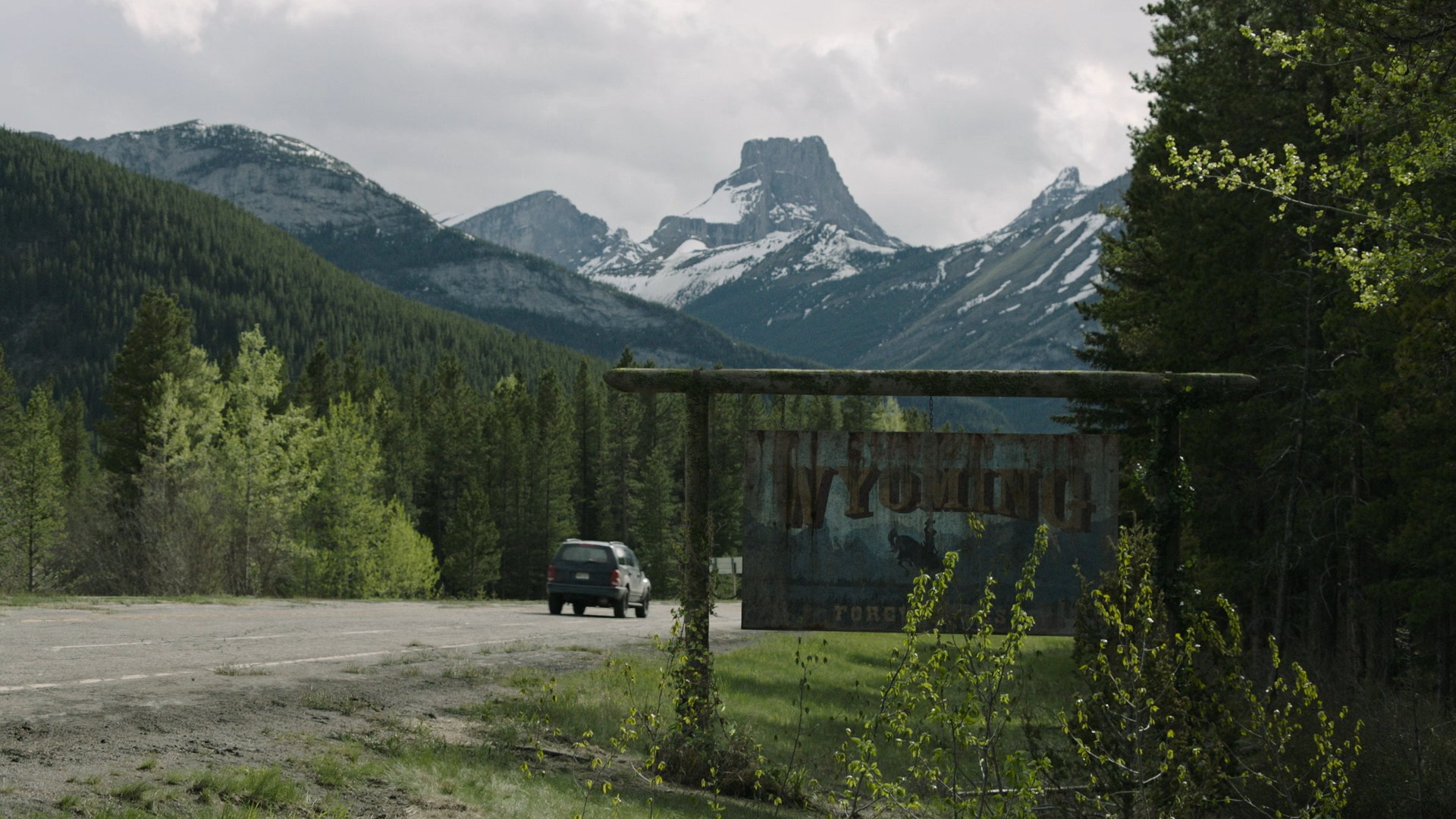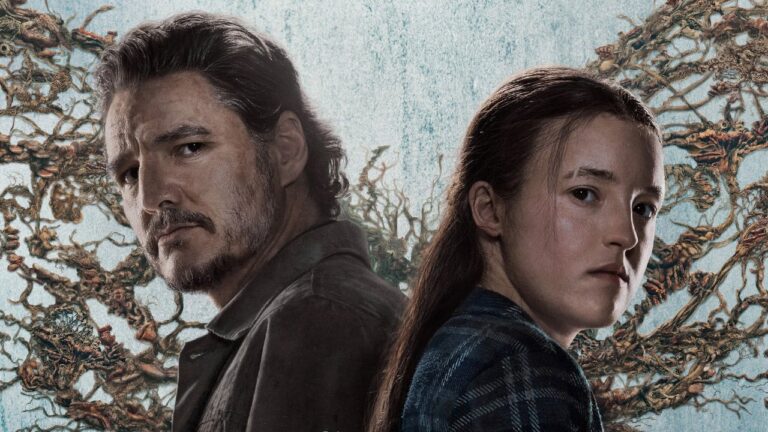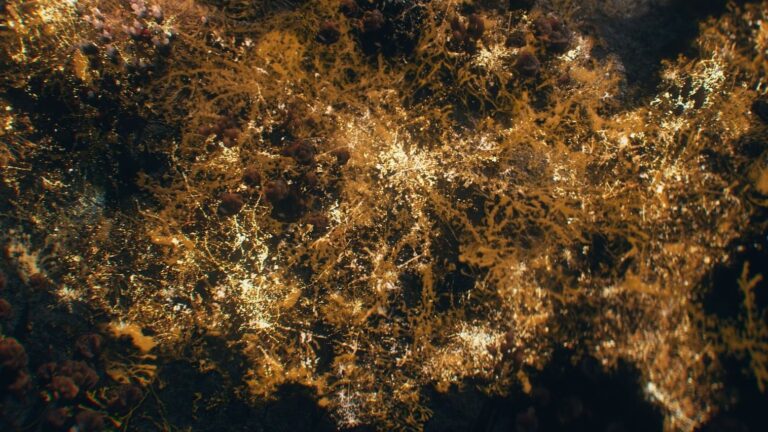Inside the Sound Booth
If you didn’t feel your sofa tremble and your blood turn to Jell-O when Shambler Prime made its HBO debut in Episode 7, congrats – you’re either built different, or you missed out on one of the wildest sound moments “The Last of Us” has ever delivered. And oh, fans are still buzzing about it everywhere from Reddit threads to reaction videos. So how did that spine-liquefying roar come to life? Let’s head behind the scenes and peek inside the sound booth at Skywalker Sound. You might want to keep the lights on for this one.
When Bigger is Definitely Badder: Who – or What – Is Shambler Prime?
First, context. The game gave us Shamblers, sure, but Season 2’s beefed-up “Shambler Prime” is HBO’s most disgusting remix yet. It crashes onto screen in Episode 7, oozing menace. The thing lurches, it steams, it belches out a guttural noise nasty enough to clear out any lingering party guests. The beast isn’t just bulkier than the regular Shamblers of old – it sounds wetter, a lot angrier, and like it just crawled straight from your worst nightmare.
Sound Designing a Nightmare: The Quest Begins
Creating a creature noise that feels fresh is no joke. Zombies are everywhere. Infected? Old news by now, right? But the team at Skywalker Sound didn’t reach for tired horror tropes. Nope. They got weird. Really weird.
Their kitchen sink approach? It included:
- Walrus bellows
- Aerosol hisses
- An actual, honest-to-goodness broken cello – because why use a full one?
Sound designer Louisa Enright spilled some of the details in a quick Q&A on the HBO podcast last month. She laughed, “We needed something that feels both enormous and like it’s been left in the back of a fridge way too long.” That meant hunting for sounds you normally hear at a zoo, in a hardware store aisle, and maybe sweeping up the orchestra pit after a particularly wild night.
Walrus Bellows: The Heavy Lifting
Let’s talk walruses. Those grunts? Dense, thunderous, and full of chest-rattling bass. The Skywalker crew started combing archive libraries for walrus vocalizations, paying special attention to their throatiest bellows. Once captured, they slowed, stretched, and layered the animal calls, building a base layer that gave Shambler Prime its mighty, lung-bursting power.
But walrus alone wasn’t enough. Enright explained that the walrus sound grounded the creature, but didn’t make it FEEL infected – like it’s drowning from the inside.
Aerosol Hisses: Breathing Toxic Danger
Enter the hissy sidekicks. Team members sprayed and recorded every can they could find – think hair sprays, kitchen sprays, even whipped cream. They wanted to swirl in danger, giving the shriek a gasping, toxic edge. Plus, it ties back to the fungal theme. You know, that ever-present sense that the Shambler could melt your eyebrows off just by exhaling.
They didn’t just toss a hiss on top, either. The sound was meticulously layered in, pulsed to the “breathing” motion of our squelchy antagonist. Enright said, “It had to have that rising-and-falling rhythm like it’s barely holding together. Sort of like a monster with a severe sinus infection.”
Broken Cello: The Final Ingredient of Fear
Now for the curveball. Turns out, a cello with snapped strings produces sounds no respectable orchestra would touch – and that’s exactly what the sound designers wanted. They drew bows across the busted strings, sometimes plucking, sometimes just scraping. The result? Eerie, almost human moans that shimmered just below the walrus-growl and chemical hiss.
This gave Shambler Prime a kind of ghostly, musical groan that hammers home how wrong things have gone inside its mutated head. You hear it, you shudder, and you wonder why your ribcage feels like it’s vibrating.
Mixing It All Together: Turning Chaos Into Character
The magic, of course, happens in the mix. A thousand weird sounds are just noise until someone crafts them into a chilling sequence. Here’s how the sound gurus handled their monster mashup:
- Pitch-shifting: The walrus bellows dropped an octave to create stomach-churning rumble.
- Crossfading: Aerosol hisses swelled and retreated, stitched seamlessly to the creature’s heaving.
- Rhythm: They matched moans from the broken cello to the creature’s spasmodic movements, making it feel like the sound came from somewhere deep inside its fungal core.
They even ran tracks through an old spring reverb tank for a little extra “cavernous” echo – one more way to make people’s home theater systems threaten to mutiny.
Why Ditch the Gas-Cloud Whooshes?
Fans of the original game probably expected exploding gas bubbles and vapor clouds. So why the switch to a “wetter,” squishier sound for TV? Simple: It’s scarier. Executive producer Craig Mazin said on a recent panel, “On television, you need every sense firing. We wanted the audience to feel like this thing was right next to them, dripping, oozing, and alive.”
The sound team echoed this on Instagram after Episode 7 aired. The game’s more abstract, gas-cloud puff works when you’re holding a controller. But for TV, it needed to be intimate and unsettling – like the monster might drool on your carpet.
So out went airy, detached puffing. In came a cocktail of damp, bodily weirdness. You could practically hear every membrane sloshing. Gross? Yes, but deeply effective.
Old-School Tricks, New-School Tech
They didn’t stop with just the guttural shriek. Foley wizards got involved too. They squished handfuls of soaked laundry through their hands. They stomped on cabbages and smashed watermelons for the squelchy footfalls. Each splorp and squish built immersion, until the soundscape was less “TV monster” and more “living, rotting hazard.” Dialogue mixers say they even tuned actor lines so the Shambler’s sounds felt like they physically crowded Ellie, Joel, and the audience right out of the room.
And if all that tech wasn’t enough, the team piped final mixes through a battered old subwoofer to make sure viewers felt the fear – in their shoes, their bones, and maybe their neighbors’ furniture.
Sound, Meet Sight: Teamwork Across Departments
Great monster noise means little if it doesn’t match how the thing looks. So the sound editors spent weeks with the VFX crew, tweaking every groan and hiss until the mouth movements and shoulder twitches appeared perfectly in sync. Zoomers on social platforms noticed the extra step, with one TikTok fan saying, “It’s like the monster’s breathing down your neck, not just yelling at you.”
Plus, the timing of the roar was crucial. On every test audience run, the biggest shrieks happened just as the camera pushed close on Shambler Prime’s lumpy, fungal face. It’s classic horror – sound does half the jump scare, even when you’re alert.
Fans Lose Their Minds, and Their Lunches
Social buzz exploded almost before the credits rolled. Memes about “Shambler Prime ASMR” shot up instantly. Audiophiles on Discord compared sound system speaker blowouts. TikTokers dared each other to listen on headphones – alone, in the dark. HBO even posted a behind-the-scenes video showing a Skywalker staffer feeding the cello to a blender (not really, but it looked close!).
Reddit’s r/TheLastOfUs ran multiple threads breaking down what fans guessed was behind the noise. Some nailed the walrus. A few guessed broken tuba. No one predicted “aerosol hellscape plus cello with a hangover.”
One user wrote: “Honest to god, my roommate and I both went nope and ran for snacks when that thing screamed. I’d watch a spinoff just about the sound team.”
What’s Next? Monsters With a Playlist?
Every season, “The Last of Us” dials up the terror and finds new ways to get into your head. But Shambler Prime’s unholy chorus set a new bar for the show’s creature design, both visually and sonically. The sound team promises even stranger experiments for the Season 2 finale, with one Instagram teaser showing a rubber boot, a toy accordion, and a bowl of baked beans. Should we be scared? Absolutely.
Final Sound Check: Let’s All Thank Our Headphones
By now, Shambler Prime’s guttural greeting is internet legend. Fans argue about it, try to imitate it, and some probably hear it in their sleep. But remember, behind every monstrous shriek, there’s a fearless audio nerd armed with a can of whipped cream and a very flexible cello.
Next time you watch – and you hear that roar through your floorboards – maybe give your speakers a little nod of respect. They survived the infected invasion, at least until the next episode.
And as “The Last of Us” sound wizards proved, horror’s not just about what you see. Sometimes, it’s what you hear that crawls deepest under your skin.




